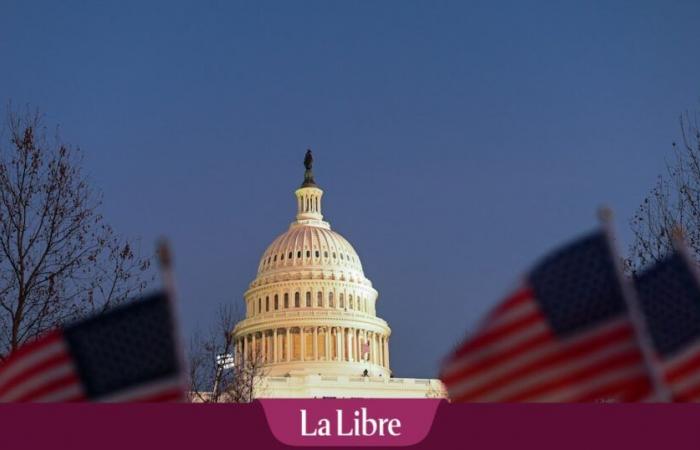
On the “Tuesday following the first Monday in November”, this year November 5, Americans who are at least 18 years old (since the adoption in 1971 of the XXVIth Amendment to the Constitution which lowered the electoral majority) and registered on the electoral lists (voting is not compulsory in the United States), therefore elect their President. Many will actually do so on that day, but the practice of “early voting” has become widespread: voters have the option of going to a polling station or voting remotely (by mail or sometimes electronically) in a certain period before the election date which varies according to the states. In the year 2024, many Americans have not waited and have already expressed their choice.
Objective: 270 electors
Whatever the methods chosen, if voters actually check, on their ballot paper, the name of a candidate (and that of his running mate), they will, in fact, elect electors, or members of the Electoral College. These were previously designated by the authorities of the different parties. They are the ones who, in a second step, will formally elect the President of the United States. These typically include retired politicians (like Bill Clinton in 2016), local elected officials, party activists, lobbyists, state figures, and even individuals with a personal or professional with a candidate (like Donald Trump Jr was for his father), as reported by the BBC.
This Electoral College is constituted state by state. The number of electors in each of them is equal to the number of deputies that that state sends to the House of Representatives in Washington, increased by the two senators that each state elects. This figure therefore varies according to the population of the States and follows the demographic evolution measured every ten years by the national census. The total remains invariably fixed at 538: the 435 deputies, plus the 100 senators, plus three electors for Washington DC since the 23rd Amendment assimilated the seat of the federal capital to a state. To be elected, a candidate for the White House must rally half of the College, or 270 electors. That’s the magic number.
As a result, the most populous states largely determine the outcome of a presidential election. According to the 2020 census, the big prize remains California, with 54 electors. In second place with 40, Texas dethroned New York, which now only comes in 4th place (28), behind Florida (30). Followed by Pennsylvania and Illinois (19), Ohio (17), Georgia and North Carolina (16), Michigan (15)… All states grant all of their electoral votes to the winner of the vote ( “winner-take-all“), with the exception of Nebraska and Maine which allocate them partly by constituencies.
A singular vote in the House
Fighting to win one of Nebraska’s five electors or one of Maine’s four may seem paltry and pointless. The candidates do not think this way, especially if they fear a close election with the possibility of finishing tied with 269 electors each. In this eventuality, it would be up to the House of Representatives (resulting from the same elections) to designate the winner, but also in a unique way: the vote would then be done by delegations from the States with the need to thus obtaining 26 votes out of 50.
A second election
On the “first Monday following the second Wednesday in December”, the electors meet in the capital of their respective state to “elect” the President. The results in the fifty states plus Washington DC will be officially counted by Congress (House and Senate combined), and the election of the President will then be proclaimed – enough to maintain the fiction of a head of the executive chosen by those in power legislative. Two weeks later, the President takes the oath of office and his predecessor’s term ends.
The ultimate originality of the system: neither the Constitution nor any federal law requires a major voter to vote for the presidential candidate he is supposed to support in accordance with the popular vote. We can therefore very well imagine a rebellion – it has actually happened, but in less than one percent of cases since the founding of the United States, historians insist. “Traitors” have been systematically disowned and sometimes punished, which does not prevent parties from increasingly demanding an oath of loyalty from major voters.





